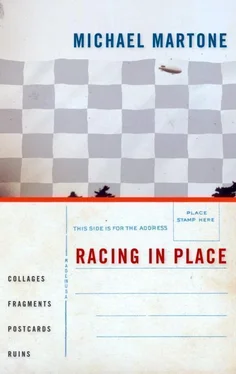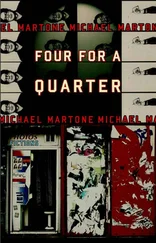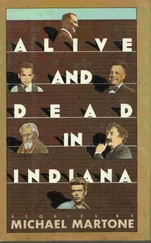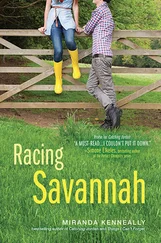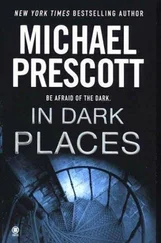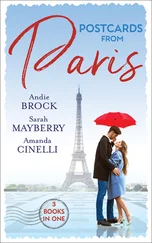An Essay on Folly
Call it a folly, a useless edifice where art meets architecture, where structure meets sculpture. The Moon Winx Lodge sign. The architect Frank Gehry's follies always incorporate an image of a flopping fish. The concrete lawn deer, the pink plastic flamingo are ready-made follies. A bowling ball in a garden. Follies are buildings-well not buildings-but built things that are built for no other reason than to say they can be built. They are interesting as things in a context. They are things, and they define the thingness of things. And the places where we find these constructed things gain too. Follies are foci of place. I think of the Moon Winx sign as a folly. It has evolved to a constructed "natural" wonder like a waterfall or more like a geyser. It is an Old Faithful of light and color and on its own clock. I have seen people just stop and look at it, regard it, contemplate it. In Japan today pilgrims are retracing the journey the poet Basho took centuries ago to the North Country. As he traveled he wrote poems. A cherry tree Basho commemorated is believed to survive today amid the modern urban landscape, on a pedestrian island in the middle of a busy highway. It does not matter when one looks. The folly expands. The folly defines. A folly is foolishness and it fools you. Move along. There is nothing to see here. There is nothing to read here. There is nothing but this compelling nothing.

B
"So I have sailed the seas and come… to B…. a small town fastened to a field in Indiana." So begins "In the Heart of the Heart of the Country," a story by William H. Gass. He began writing it about fifty years ago, while he was living in the town of Brookston, Indiana, about the time I came to be, born in another corner of that state. Years later, I read the story for the first time in a classroom on the third floor of Jordan Hall, on the campus of Butler University, in Indianapolis. I didn't know then that Gass had lived in Brookston. He reveals that much later, in the preface for a paperback reprint of his story collection, where he also admits to B. being an allusion, in his thoughts, to William B. Yeats's poem "Sailing to Byzantium" and to the pun imbedded in B. of "be." And he writes that the town of B., finally, is not anywhere, not any place, really. The story's setting is to be read as an artifice-see "Sailing to Byzantium"-a model, an abstraction at best. This story was not to be confused as biography, auto- or otherwise.
But what did I know? I was a sophomore in Indiana, enamored by the artifice I was reading in the huge limestone ship of Jordan Hall, these words about the place I had inhabited since birth. Gass does say that a former student of his at Purdue University, just up the road from where I sat reading, working as an editor, prompted what became "In the Heart of the Heart of the Country" by asking Gass to write what it was like to live in the Midwest. What it was like. It would be years before I read this. When I read the story, though, I was a literalist, so the first chance I got, I went looking for B.
Bypass
I was on my way to B., entering or leaving Kokomo on US 31, or scalloping around Huntington, Wabash, Peru, Logansport on US 24, or inching along Eighty-sixth Street, Ninety-sixth Street on what was once the outskirts of Indianapolis. I drove on these bypasses that bypass nothing now. It was the landscape of cartoon backgrounds, repeated endlessly as the animated characters amble along, but jazzier, with an asymmetrical syncopation, arrhythmic but still percussive, anticipatory. Gas station, drivein (hamburger), mall, motel, new car lot, gas station, drive-in (roast beef), mall, bank, new car lot, motel, Wal-Mart, shopping center, drive-in (pizza), drive-in (hamburger), motel, used car lot, gas station, K-mart, mall, drive-in (chicken), motel, mobile homes, drive-in (subs), Target, car lot, mall, gas station, drivein (hamburger), drive-in (hamburger), drive-in (fish). This was "mature clustering," the marketing strategy whereby a place became a place not specifically but generally. A place to go to, to wander through, around in, in a car, until someone decides to stop. I'll get gas, get food. I'll pull in at that next light, the next block. I imagine a time when all of this will connect, when the real estate along every highway that forgot to limit access (why limit access?) organizes itself into one endless corridor of chance and light and existential buildings designed to announce their purpose, their reason for being. "Ducks" architects call them. The duck-shaped building that sells ducks, the doughnut-shaped building that sells doughnuts. My car slid along, impelled by a kind of magnetic levitation, from one franchise to the next, seamlessly, so that after a while it did seem that the background was moving. I simply sat still, took in this endless pageant of desire to desire. The placeless place. The artifice of eternity.
B
Bainbridge, Bargersville, Bass Lake, Batesville, Battle Ground, Bedford, Beech Grove, Berne, Beverly Shores, Bicknell, Birdseye, Black Hawk, Blanford, Bloomfield, Bloomington, Bluffton, Boggstown, Boonville, Boswell, Bourbon, Brazil, Bremen, Bristol, Brook, Brooklyn, Brookston, Brookville, Brownsburg, Brownstown, Bruceville, Bunker Hill, Burlington, Burlington Beach, Burns Harbor, Butler.
Beta
There is no "bee" sound in Greek. No, that's not right. There is a "bee" sound but the letter b does not make it. Think of that-a letter making a sound. The word we know as beta, the "bee" of the Greek alphabet, the "beta" compounded in the word "alphabet," the fragmented "bet" of the word "alphabet," is pronounced "veta." The "vee" sound. To make the "bee" sound one must use mu and pi. I have no idea why. What great phonic shift took place over centuries and miles? Sound is the geography of the mouth. The language itself drifts and wanders, sheep clouding a trackless field. The sound shades into the other regions of the mouth, different articulations of tongue, teeth, palate, and lips. The "bah" lulls up against the "whaa" of the w. "Basil" is the English parallax of "Vasilli," its slightly outof-sync double. Our even more English "William" derives from "Vasilli," and from there, its corruption, the strange diminutive, our Bill. Bill. That will bring us back to b. Language is all babble in the beginning. Then a sense emerges from the sounds we make. Making sense by making sounds. Bah-ed into life. Balled. Or wailed.
Battlefields
Names of. The South named theirs after the nearest town. The Union stuck with bodies of water. Battle Ground, Indiana, settled on the generic name, taking its name not from the name of the battle (which was named the Battle of Tippecanoe) but from the existential description of the place where the battle occurred. Prophetstown had been the town where the Battle of Tippecanoe took place, at the confluence of the Tippecanoe and Wabash rivers. Prophetstown, an Indian enclave of thousands, was destroyed by William Henry Harrison, later known as 01' Tippecanoe, after the battle.
The town of Battle Ground grew up after the battle. Its founders seemed not to be able to muster the energy for a more accurate name. Or perhaps the battle itself struck them as so significant. It seemed to them the ultimate battle. It went without saying. It would not need to be distinguished from all the other fields on which other battles had been fought, are fought, will be fought.
For a long time I thought Battle Ground was the B. of "The Heart of the Heart of the Country." Its understatement worked on both a literal and metaphorical plane. Here the internal and intimate struggles of the narrator could be played out in a spot characterized as the address for battles. A town named Battle Ground. Its business was strife, every house a battlefield, every hour a new skirmish, everyone and everything conflicted.
Читать дальше
